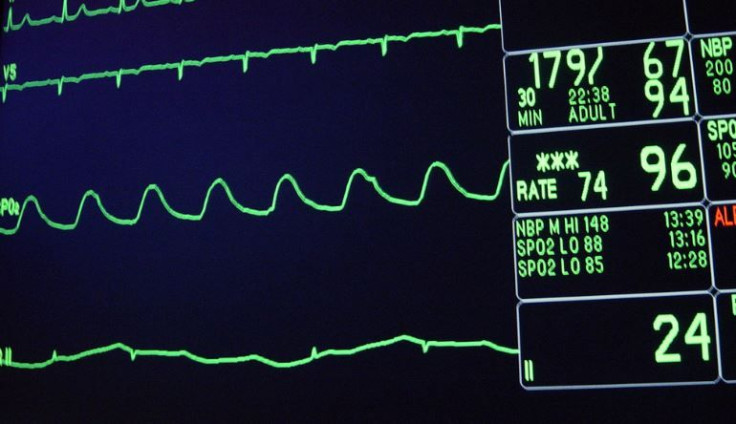Heart Attack Survivors, Namely Young Women, Still Face High Risk Of Recurrence And Death

Young women who survive myocardial infarction (heart attack) and ischemic stroke shouldn't consider themselves out of the woods just yet, according to a new study published today in JAMA Internal Medicine.
Overall mortality (death) rates during acute heart attack and stroke have decreased, but researchers are finding disease burden still remains high, especially for those affected at a young age. However, there isn't much information on the long-term health outcomes of these young survivors, specifically for young women. So, researchers set out to better understand long-term outcomes for the young women who survive these cardiovascular events.
Researchers based their study on one previously conducted by the University Medical Center hospital in the Netherlands, titled Risk of Arterial Thrombosis in Relation to Oral Contraceptives. Arterial thrombosis is a blood clot that develops in an artery and obstructs the blood flow to major organs like the heart, causing heart attack. The study included women aged 18 to 50 who survived their first heart attack or stroke from Jan. 1, 1995 through Dec. 31, 1998 — 226 women survived heart attack, 160 survived stroke and 782 were recruited as controls.
Each woman was followed up for a median of nearly 19 years.
With this data, researchers analyzed incidence rates and ratios for deaths and the first recurrence of any acute major cardiovascular event during follow-up. They found death rates were 3.7 times higher in heart attack survivors and 1.8 times higher in stroke survivors than in controls. This elevated mortality persisted over time, researchers said, and was mainly supported by a high rate of deaths from acute vascular events. Plus, when researchers counted both fatal and nonfatal cardiovascular events, incidence rate was highest among stroke survivors.
"Young women who survived a cardiovascular event have a high long-term mortality and morbidity when compared with the general population," researchers wrote. They added "the recurrence pattern is true to type," meaning the recurrence rate for cerebrovascular disease — the most common are cerebral thrombosis, cerebral embolism, followed by cerebral hemorrhage — whereas the risk of cardiac events is highest in heart attack survivors.
That said, researchers acknowledge their study was limited in that the possibility of survival was contingent upon the case-control nature of the study, in which case "absolute risks for the period shortly after the first event may have been underestimated." They added procedures and risk factors also change over time, and these changes would "reduce the generalizability of our results."
While that may be, the study is more evidence there are gender differences when it comes to cardiovascular health. Separate research published in the Journal of The American College of Cardiology earlier this year found both young women and their physicians underestimate cardiovascular risk compared to men.
Researchers conclude: "Our findings provide direct insight into the consequences of cardiovascular diseases in young women, which persist for decades after the initial event, stressing the importance of lifelong prevention strategies."
Source: Rosendaal FR et al. Recurrence and Mortality in Young Women With Myocardial Infarction or Ischemic Stroke. JAMA Internal Medicine. 2015.



























